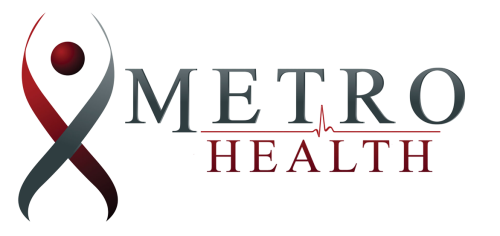For decades, society has been focused on anti-aging, that is, the process of halting or even reversing the effects of aging on the human body. Everything from supplements and vitamins to skin care products to $200 facial treatments made from bird droppings. (Yes, that’s a real thing.) Today, though, more and more physicians are focusing on “active aging,” which is more about maintaining a high quality of life as we go through the aging process.
The World Health Organization defines “active aging” as “optimizing opportunities for health, participation and security in order to enhance quality of life as people age. The word ‘active’ refers to continuing participation in social, economic, cultural, spiritual, and civic affairs. Active aging aims to extend healthy life expectancy and quality of life for all people as they age.”
While most people believe aging doesn’t really start until you’re past forty or fifty years old, the aging process actually begins at the moment of birth. However, it usually takes until the mid-thirties for visible signs to appear, such as a couple of gray hairs or wrinkles around the eyes.
As we get older, though, other symptoms start to appear, such as an increase in blood pressure as blood vessels start to stiffen, forcing the heart to work harder. Bones start to shrink and lose some of their density while joints become stiff and achy. Your digestive tract changes as well, making it more likely for you to get constipated, and changes in your brain can have minor effects on memory.
As we get older, we all desire to look and feel younger, which is why anti-aging products and procedures have grown into a $250 billion global industry. And while people are spending thousands and thousands of dollars on products that may not do anything, there is a solution that works, is inexpensive, pain-free, and backed by research: exercise.
In study after study, being active has been proven to improve our physical health, as well as our emotional state. This includes daily stretching, which keeps the joints flexible, as well as light resistance training to maintain muscle tone, and walking, swimming, or bike riding to keep the heart and lungs strong. The following tips are designed to give you the exercise you need to maintain your quality of life, while minimizing the risk of injury or being too strenuous.
For your heart and lungs
Moderate exercise helps you maintain a healthy weight, as well as working your heart and lungs. Eat a healthy diet with fresh vegetables and fruit, whole grains, and lean proteins, like fish. Also, reducing your salt intake will help keep your blood pressure down. If you use tobacco products, ask your doctor to help you quit, and do what you can to manage your stress levels. Sleep is also very important, so make sure you’re getting at least seven hours every night.
For your joints and bones
The most important thing you can do for your joints and bones is to get enough calcium. For men, 1,000 milligrams is recommended, with 1,200 milligrams recommended for women. And it doesn’t necessarily have to be dairy products, which may contain high amounts of fat. Broccoli, kale, salmon, and tofu all also rich in calcium.
Vitamin D, which you can get from exposure to sunlight, is also important. You can a;sp get vitamin D by eating tuna, salmon, and eggs, or drinking milk fortified with vitamin D. Weight-bearing exercise, such as walking, climbing stairs, or lifting light weights, is also good for your bones and joints because it helps build strong bones and slows down bone loss.
For your digestive system
Your digestive system will function much better if your diet includes foods high in fiber, such as fresh fruits and vegetables, as well as whole grains. Limit the amount of meats and dairy products high in fat, which can make you constipated, and drink plenty of fluids. And never ignore the urge to have a bowel movement, which can also lead to constipation.
Finally, pay attention to your emotional state. Maintaining good health by staying active will help because you’ll have less pain and discomfort. That said, make a point of getting out and socializing with others as part of your “active aging.” Spending time with friends, participating in activities you enjoy, will help you ward off depression and live a happier life!

